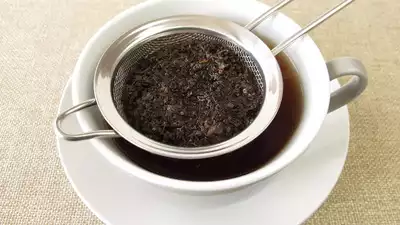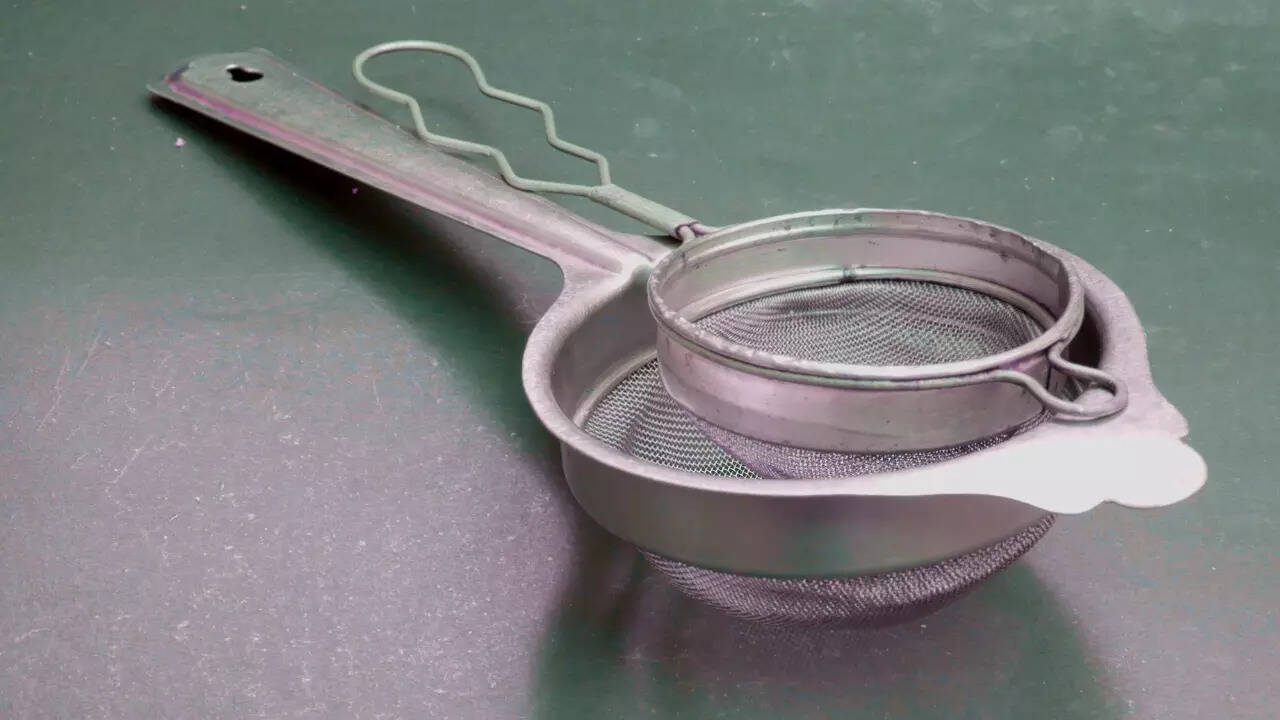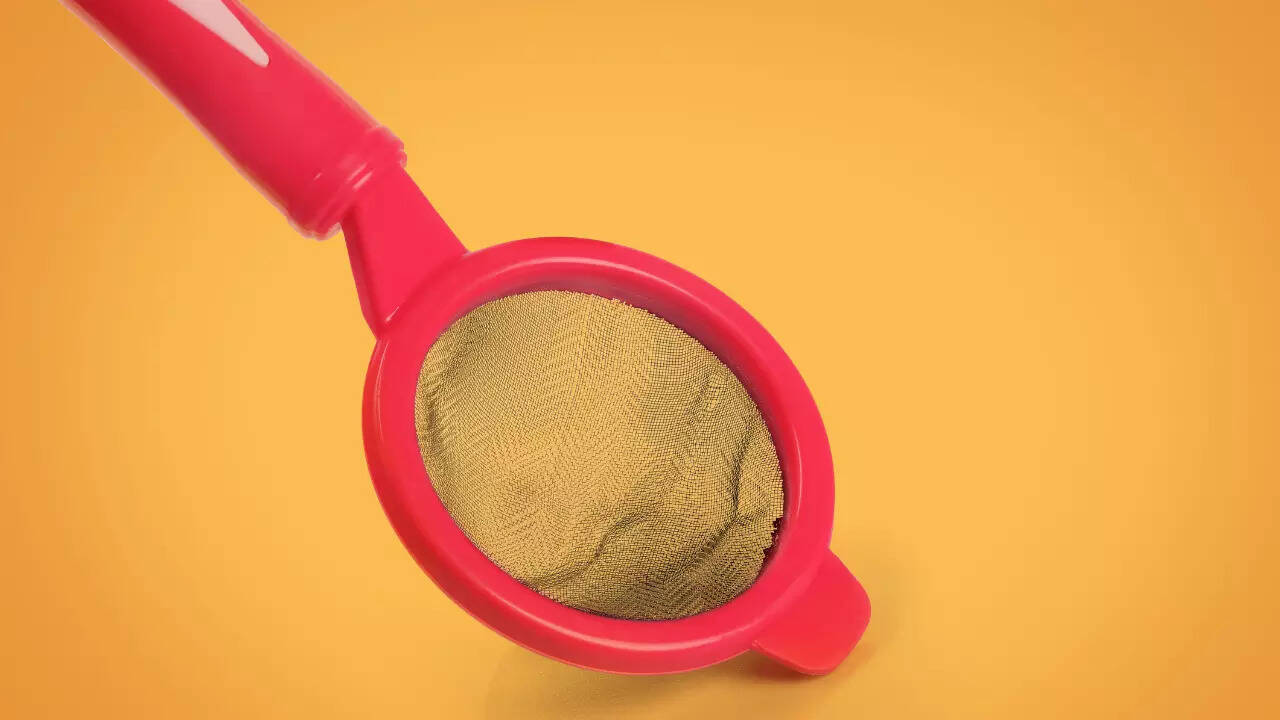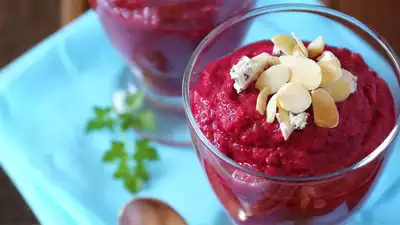Kitchen Hacks 101: Tips and tricks for using a pressure cooker safely at home
In today’s fast-paced world and modern cooking convenience, precise time is paramount to achieve consistently perfect results. Each ingredient demands a specific cooking duration for the desired texture and taste. Whether it is about tough cuts of meat or preserving the crunch of vegetables, understanding and adhering to accurate cooking times is a crucial skill. Keep a close eye on the timer; make necessary adjustments and experiment with various recipes such as instant pot meatloaf, French toast, chocolate chip cheesecake, chicken in wine sauce, cherry & rice pudding and many more.
Electric Cooker or a Stovetop Cooker: Choosing between the two involves weighing various factors to align with your cooking preferences and lifestyle as they come with advantages and considerations. Electric cookers often come with preset cooking functions and digital controls, making them user-friendly and convenient, whereas stovetop models provide more manual control. Electric cookers can take time to build up pressure and start cooking, and stovetop pressure cookers are opposite. Electric pressure cookers have electronic components that may require maintenance or repairs, whereas stovetop models have fewer electronic components, which might result in fewer maintenance concerns. Considering the most critical factor, the price range, electric cookers are priced at a higher cost than a stovetop, but for a stovetop, the price range varies based on the brand & features at times.
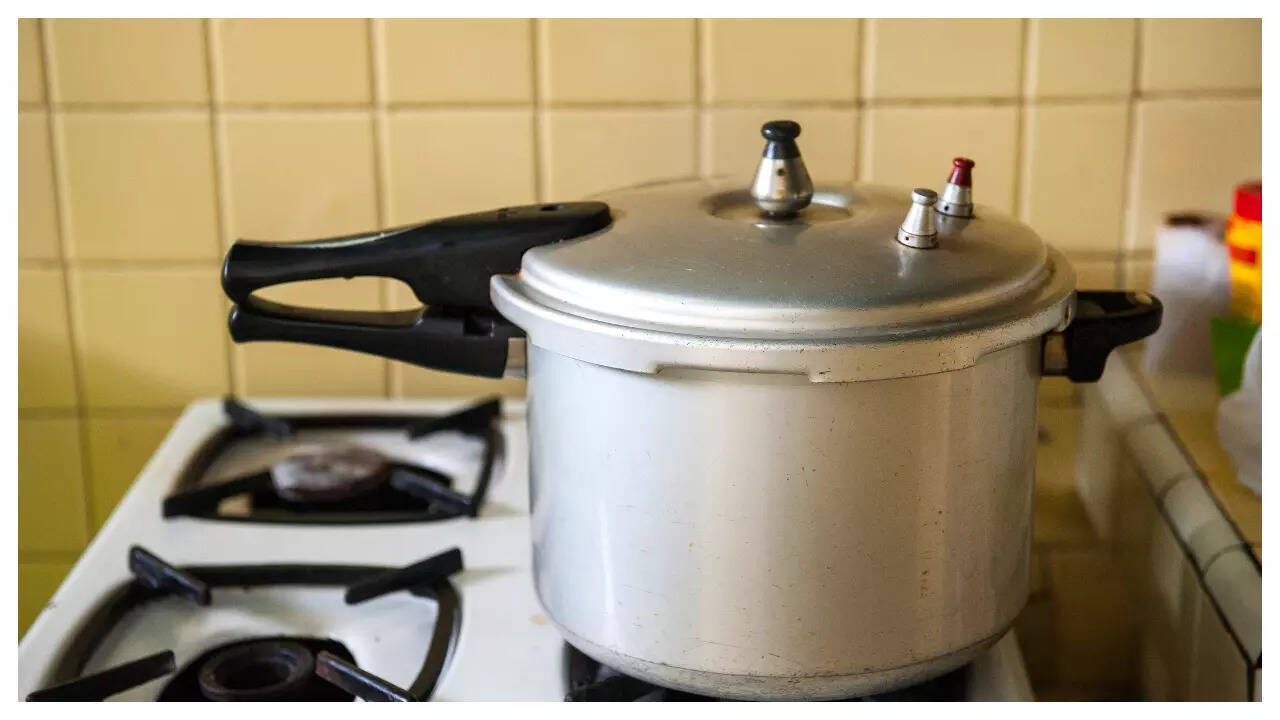
Systematic Assembly for Safety: Safe assembly is a cornerstone of pressure cooking. Ensure the rubber gasket is fitted correctly, the pressure valve is clean, and the lid aligns precisely with the cooker’s body. Familiarize yourself with the cooker’s safety features, such as pressure indicators and locking mechanisms, before commencing cooking. There are times when steam release issues and potential overflows might catch you off guard. Choose the right kind and amount of liquid: Stovetop models generally require at least one cup, while electric models follow manufacturer recommendations. Choosing liquids like water, broth, or cooking liquids prevents burning the dishes, and it enhances the flavor. Proper venting and pressure release techniques are essential for your safety. Natural pressure release allows steam to dissipate gradually, preserving the texture and flavor of the dishes. Whereas quick pressure release halts cooking rapidly. Mastering both techniques and understanding when to use them prevents unnecessary accidents and ensures the pressure cooker remains a safe companion.
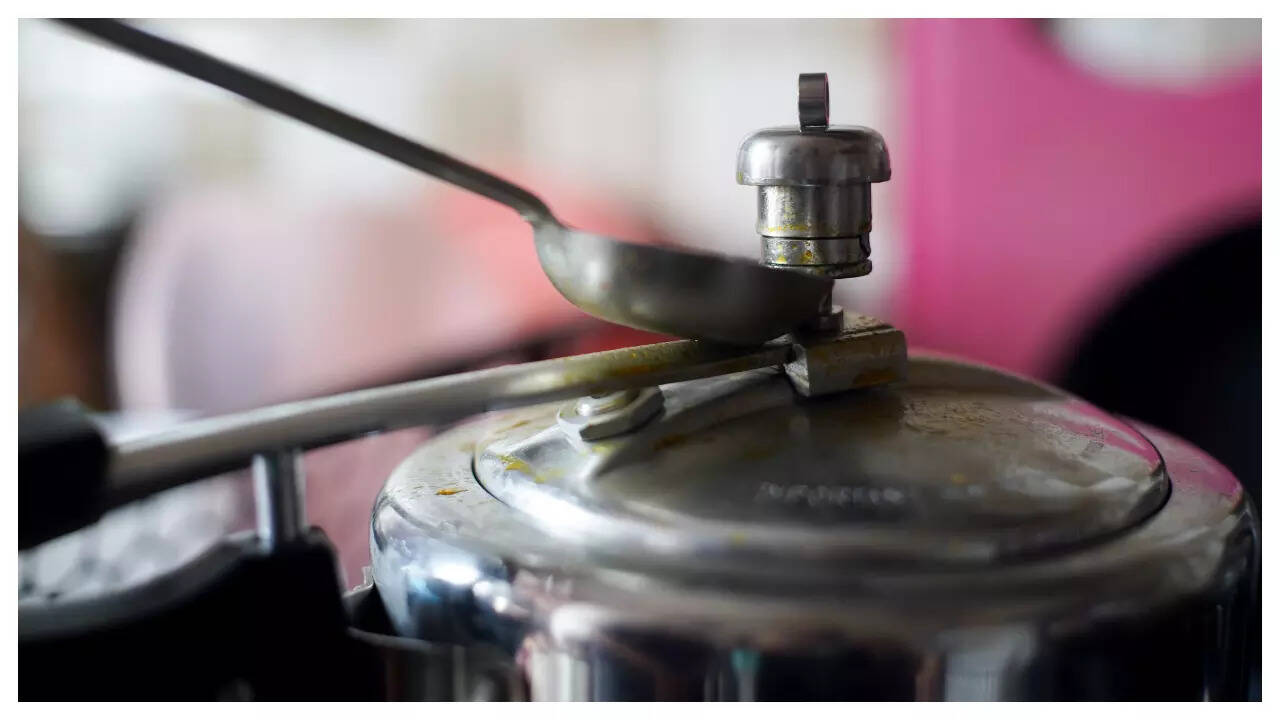
Safety Precautions: While using a pressure cooker, it is essential to be cautious and attentive at all times. Never leave the cooker unattended while it’s operating. Ensure not to fill the cooker beyond capacity, as this could lead to an explosion. It is best to let the steam release altogether, and the cooker cool down before opening the lid to avoid any injury.
Essential Safety Tips and Tricks: is a valuable guide for understanding pressure cooker usage. It helps in striking a balance between culinary excellence and safety precautions. Understanding the intricacies of steam pressure buildup, the selection of the right cooker, meticulous assembly, appropriate liquid ratios, safe venting and release techniques and other factors helps one understand how to use the tool effectively with all the safety.
Thumb and Embed Images Courtesy: istock
Contributed by: Ankur Agarwal , General Manager & Head of Marketing, TTK Prestige Ltd


